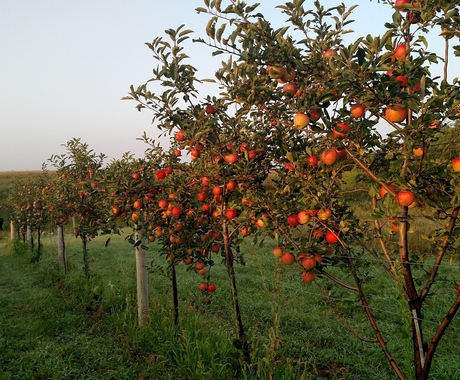Kelsey Willardson, policy associate, [email protected] or 641.218.4694; or Rhea Landholm, communications manager, [email protected] or 402.687.2100 ext. 1025
NEVADA, IOWA – Across the U.S., producers are facing unpredictable or extreme weather events which can cause financial difficulties. Risk management, in the form of crop insurance, can offer financial protection.
To aid producers new to crop insurance, whether they are commodity corn and soybean growers or raising organic and specialty crops, the Center for Rural Affairs has created the “Crop Insurance 101” series that addresses frequently asked questions.
“Signing up for crop insurance, especially for the first time, can be daunting,” said Kelsey Willardson, policy associate with the Center. “With shifts in weather patterns and extreme events like flooding and drought, it is important that all producers have access to crop insurance, and sometimes this access depends on understanding the basics.”
Federal crop insurance is administered by the U.S. Department of Agriculture’s Risk Management Agency and provides financial protection for producers who face yield or revenue losses caused by natural causes or market fluctuations.
The first of the series, “Weathering the Unpredictable: The Protection Crop Insurance Provides,” describes common perils that result in these losses, as well as which crop insurance policies cover each type of loss.
The series continues with resources outlining important dates to remember and instructions for filing a claim. This includes dates that producers must follow to maintain eligibility for crop insurance coverage, such as the sales closing date, premium billing date, and final planting date. In addition, the guide contains details producers need when filing a claim to ensure they receive full coverage.
“The process may seem complicated to newcomers, but there’s no need to navigate the process alone,” said Willardson. “These guides are meant to serve as a starting point for a conversation with your crop insurance agent.”
Another resource in the series includes an overview of Prevented Plant Coverage. Many producers are familiar with crop insurance policies that offer financial protection for damaged or destroyed crops; Prevented Plant Coverage, however, offers protection from the loss of crops that could not be planted in the first place.
“Farmers face many risks in their profession, and all farmers should have access to the safety net that crop insurance provides,” said Willardson.
To view these guides in both English and Spanish, visit cfra.org/crop-insurance-resources.
Farmers with questions about crop insurance are invited to reach out to the Center for Rural Affairs for one-on-one support. Contact [email protected] or 641.218.4694.




